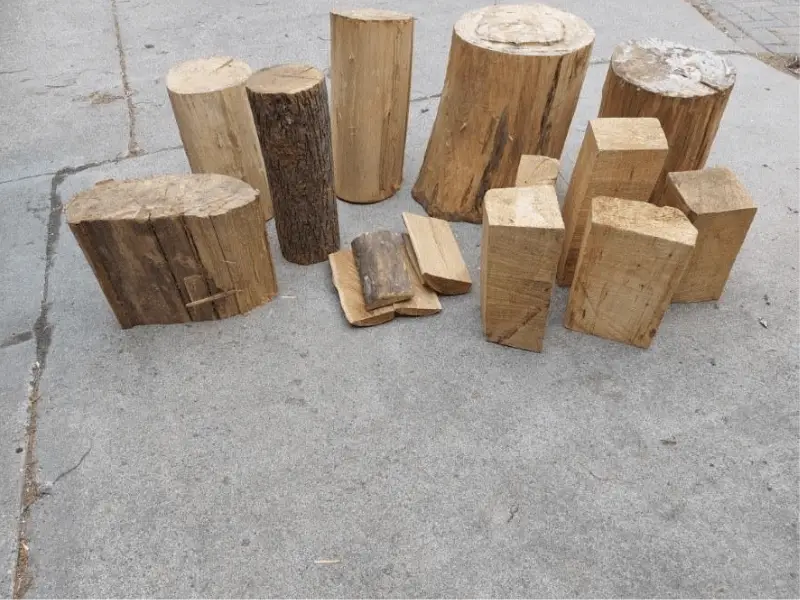Carving is one of the most popular pastimes craft by many people. It is a relaxing and satisfying hobby that requires patience, skill, and creativity. However, for a successful carving journey, one of the most important aspects to take into consideration is knowing how to choose the right wood. A block of good wood will be the key determiner for your carving journey. As a rule of thumb, the best wood for carving should be easy to work with, has a consistent grain pattern, and is durable enough to withstand the carving process. In this blog post, we will take a closer look at the best wood for carving especially for beginners.
Choosing wood- best carving wood
Choosing the correct type of wood for your project is crucial. Getting to know the difference between hardwoods and softwoods will allow you to pick the right species and type of wood to work with.
Softwoods are not really suitable for carving. They have a widely spaced grain and their soft surface makes them prone to tearing. Softwood can also be quite porous so is not suitable for making utensils and bowls that will come into contact with food or liquid. Hardwoods, on the other hand, tend to be close-grained and very strong, ideal for making objects that are used daily.
| Wood | Grains | Colour | Characteristic |
| Basswood | Close | Light creamy | It is an execllent carving wood especially for detailwoork. Does not have atrractive pattern |
| Birch | Close | Creamy | Works well. Sturdy wood. Attractive grain pattern |
| Chestnut | Moderate to corse | Redish Brown | Easy carving Nice texture Tends to be wormy Prone to checking |
| Oak | Coarse | Tan to brown | Not too good for fine details but a carving wood Has great streanght |
| Walnut | Close | Chocolate brown to purple | The best carving wood. Beautiful grain pattern Takes superb natural finish |
| Pine,white | close | white | Execellent carving wood it is scarce |
| maple | moderate | creamy | medium hard to carve |
Here’s a quick guide to the best woods for carving, depending on your skill level, project type and desired result. I also include my top picks based on what you often cover on your site.
✅ What Makes a Good Carving Wood
- Softness / Workability — easy to cut and shape by hand or carving tools. (Duffield Timber)
- Straight, tight grain + minimal knots — reduces risk of splitting or tear‑out. (Grabovetskiy School of Wood Carving)
- Good detail holding / finish potential — especially for fine details, spoons, bowls, reliefs, etc. (The Sculpture Studio)
- Appropriate density for your project — softer woods for small projects or intricate detail; harder woods for durability or polished finish. (TheMasterCraft)
🌲 Recommended Woods for Carving (Beginners → Advanced)
Here are some of the best‑regarded woods for carving, and when to choose each:
| Wood | Why It’s Good | Best For / Notes |
|---|---|---|
| Basswood (Limewood / Linden) | Soft, straight‑grain, minimal knots — very easy to carve and holds detail well. (Asaya Sculpture) | Beginners, small sculptures, spoons/utensils, detailed relief carving |
| Butternut (White Walnut) | Softer than many hardwoods, with a pleasant grain and color; good balance between ease and finish quality. (Grabovetskiy School of Wood Carving) | Carving bowls, decorative items, moderate‑detail pieces |
| Cherry | Medium‑density hardwood with fine grain and rich warm color; polishes nicely. (TheMasterCraft) | Furniture‑grade carvings, decorative reliefs, pieces you want to finish with stain or oil |
| Walnut | Harder wood that holds crisp detail well, with beautiful dark grain — ideal when finish and durability matter. (whittledlovelies.blog)3 | High-end carvings, kitchenware, functional or display pieces |
| **** | Strong, dense hardwood — good for pieces needing durability and fine detail (with the right tools/skills). |
Here’s a “Read Next” section for your article Best Wood for Carving using only relevant clickable keywords:
Read Next
- Explore Spoon Carving Tips for Beginners to master small projects.
- Learn Carving vs Whittling to understand different techniques.
- Check out Best Carving Chainsaw for Beginners if you want power tools.
- Discover What Knives You Need to Carve a Spoon for essential hand tools.
- Browse Carving with a Dremel for detailed rotary tool projects.
Basswood
For beginners, you want to start with an easy wood that you can practice with and get your hands used on the job. In this case, basswood is one of the best wood you can begin with. It has almost no grain and is very soft and unlike other types of wood, it is not generally susceptible to end grain checking or cracking.
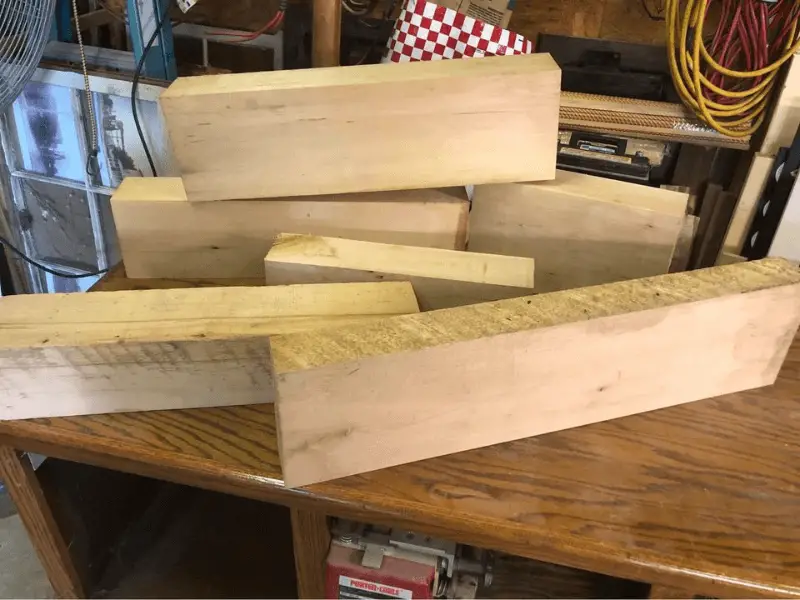
It’s also one of the cheapest carving woods and works well with hand-carving tools like gouges, V-tools, and power carvers. Basswood paints beautifully when stained, lacquered, or painted with an airbrush. Both carving caricatures and spoons can be accomplished with it. It’s also widely used in music to make electric basses and guitars.
Features that make Basswood the easiest to carve
- Basswood is light and soft, making it easier to carve into intricate designs.
- It also doesn’t splinter as quickly as other woods, making it safe to handle without wearing gloves or using sandpaper to smooth out rough areas.
- It’s simple to work with its texture, easy to colour, and odourless.
- You can find basswood almost anywhere at an affordable price.
The main downside to using basswood is that it tends to be soft and doesn’t hold detail very well once carved. If you want a lot of detail in your project, you might consider using another type of wood instead. But if you want something inexpensive that won’t fall apart on you after just a few cuts, then basswood could be your best bet.
Birch
If you are looking for a reliable wood that can hold details well and is reliable then choosing birch is the best. You can use birch for a wide range of items because its uniform grain and texture make it a very reliable carving material. It also has the ability to be both strong and lightweight at the same time.
Chestnut
When you are now used to carving and you want to make items that you can use on a daily basis chestnut is your best choice. It is both strong and flexible with beautiful grain and texture that will bring out the natural look of your items.
Oak
When you are making carvings with oak, it is best to consider using green oak. Seasoned oak is very hard to carve and will dull your tools very fast. Therefore consider using green oak. When green, oak can be easily worked with hand tools, making it a very good choice for bowls and vessels.
Walnut
For carvers who do relief carving, walnut, more specifically the black walnut, is your best choice. It is a close-grained chocolate brown hardwood that is easy to carve elegant carvings. It is usually the king of carving woods and many professional carvers usually uses walnut. The beautiful grain patterns takes very well the natural finish.
When carving, be sure that you use sharp tools to avoid damaging your material by digging in too much with a dull blade or chisel.
Pine (white pine)
White pine is one of the most popular softwoods.
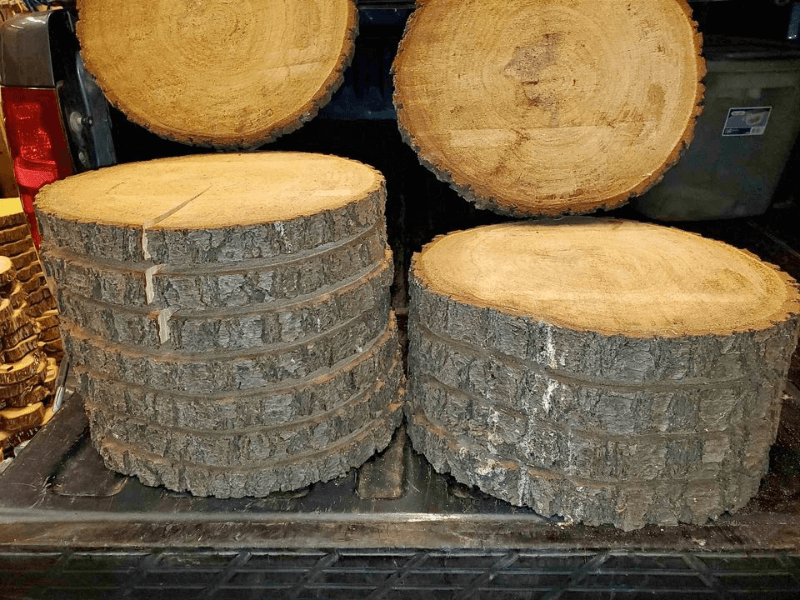
Pine is a softer wood, so it requires minor sanding and filling before painting or sealing, which means you’ll spend less time on your project than if you had chosen a more complex type of wood like oak or mahogany.
It has thick grains, which makes it more durable when carved. additionally, It is easy to carve with a knife and suitable for carving projects requiring curvature in design, such as table legs and decorative items..
White Ash
Easiest Woods to Carve For Beginners – White ash is easy for beginners to carve into beautiful art. Ash is famous for making baskets, axe handles, and bowl carving.
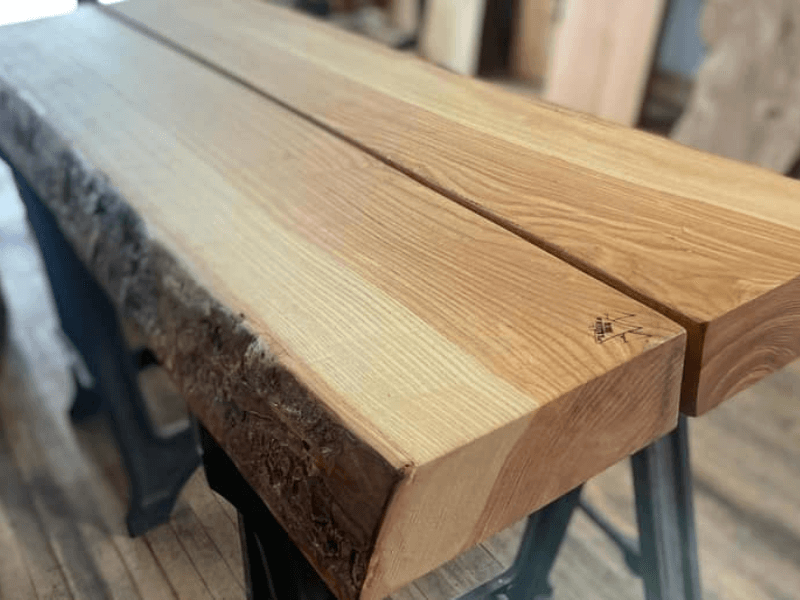
Features of White Ash
- The grains of white ash are straight, making it easy for beginners who need simple patterns in their artwork. It’s best when carving is a fun hobby or for family and friends.
Maple
Maple is another popular type of wood that carvers love because it’s relatively easy to carve and shape. The grain makes it easy to remove large chunks and leaves a beautiful natural finish after sanding the surface smoothly.
is maple good for carving
- The smooth grain pattern may hide carving flaws that might appear on different types of wood, especially if you’re not experienced enough at carving.
- The light colours of maple wood make it a good choice for carving lighter-coloured objects, such as animals and angels, with much of their details showing through in darker areas.
- This type of wood also accepts paint or stain well and is relatively easy to work with hand or power tools.
Cottonwood
Cottonwood’s colour can be light brown, light yellow, or almost white.
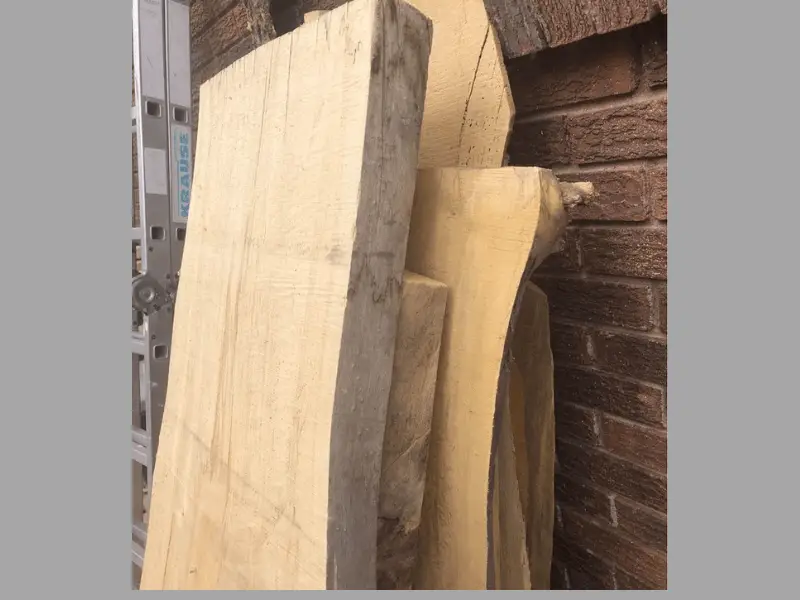
Features that make cottonwood easy to carve
- This type of wood is very soft and easy to carve without any problems, especially cottonwood bark.
- It is easy to carve with your hand when you use sharp tools.
Factors to Consider When Choosing the best wood for wood carving
Numerous types of wood are available, and you can use each for various projects. However, not all woods are suitable for carving; some even require a specific carving technique! The properties of each wood can affect how easy it is to carve, so you will want to consider these factors before choosing your desired piece. Here is what you should consider:
When choosing a type of wood for your wood carving project, there are a few things that you need to consider:
- First, think about what size you want the finished product to be. The greater the size of the piece, the more difficult it will be to work on it. Softer woods, in most cases, can take on complex shapes when they are huge because they lack sufficient grain strength and stability.
- Next, take some time to think about the surface the finished product will have on the front and back. For example, you could paint or stain your project and need a flat surface; if so, solid wood might not be the best idea since it has more texture than other types of wood, like plywood or balsa wood.
- Thirdly, think about how easy it will be for you to get into tight spaces or do detailed work with your chosen type of wood.
- Consider the grain of the wood: the grain indicates where that specific piece of wood originated in the tree. More intricate grains include oak, ash, walnuts, and maple. They have tighter knots and more distinct patterns than softer woods such as pine or cedar, making them more challenging to work with when carving. Hardwoods allow for intricate carvings because they resist cracking during drying compared to softwoods like spruce or fir, which tend to curl during the drying process, making them harder to paint later.
Conclusion
When it comes to carving wood, you need to consider a few things. Different types of wood have different hardness levels, each with unique properties that will dictate how your project turns out.
Knowing which types of wood are best for your particular needs is essential whether you’re a beginner or a seasoned pro. I hope our article has guided your next selection of the best wood for carving.
